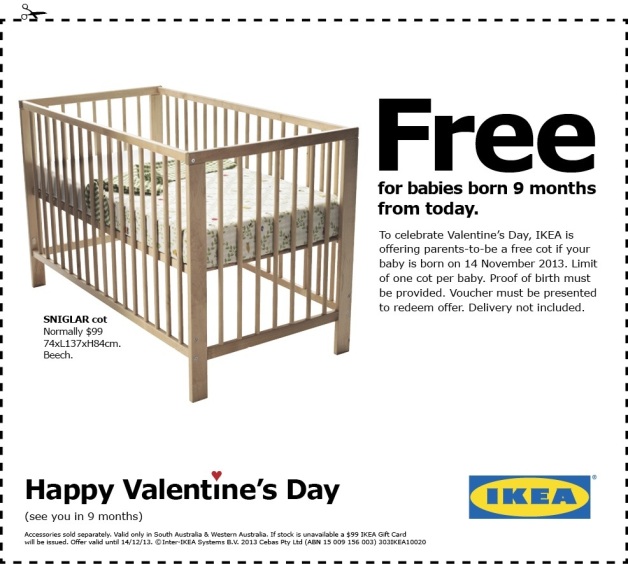The 4 main types of medias used within marketing communications are Press, Radio, Television, and The Internet.
Over the next few days, I’ll discuss the strengths of each media giving an example of a contemporary campaign. Let’s start with Press, ie. Newspaper and Magazine advertising.
One of the strengths of Press is it’s options of targeting large audiences through national newspapers, geographically targeted audiences through regional or local newspapers, or audiences with with particular interests through specialised magazines. Audiences can reach into millions, so Press can be an effective way to reach a lot of people.
Another benefit to Press advertising is the ability to negotiate rates. Sales people are open to negotiation especially at the publication nears it’s deadline so you have the opportunity to get a great deal!
Results of Press advertising are fast. Today’s newspaper is tomorrow’s fish and chip wrapper so responses tend to come in fast.
A recent example of a successful newspaper marketing campaign is this print ad from IKEA. The ad promotes a child’s cot and was published on St. Valentines Day. It promises a free cot to babies born exactly 9 months from February 14th and is a fun acknowledgement of what romance can lead to.



